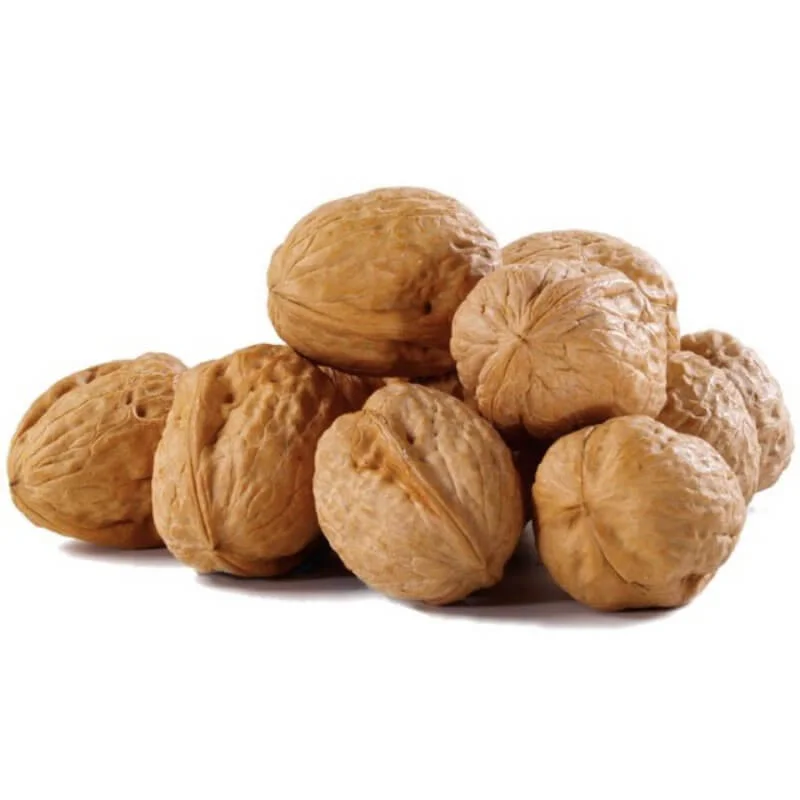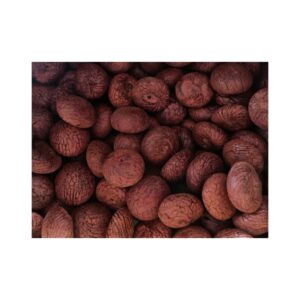Also known as Akhrot, Walnut, Sabut Akhrot, Shelled Walnuts or Sindhi Akhrot
Sabut Akhrot usage in Puja
Puja is an important Hindu tradition practised by many people in India and abroad. The practice of puja involves offering prayers to various gods and goddesses and offering food, flowers, and other items. One item often used in puja is the akhrot or the Indian walnut. This nut has been used for centuries in pujas as a symbol of prosperity and abundance.
The akhrot nut has multiple uses within the practice of puja. It can be ground into a powder and sprinkled around the altar or over offerings to represent wealth, health, and fertility. It can also be eaten during the ceremony as part of prasadam – food blessed by the gods – or offered to deities as part of a puja ritual.
Walnut usage in Cooking
Sabut Akhrot, or shelled walnut, is a widely used ingredient in many Indian dishes. The nut’s nutty and slightly sweet flavor adds depth to any dish and can be used in various ways. From being ground into sauces to adding texture to salads, sabut akhrot has been an integral part of traditional Indian cooking for generations.
Akhrot usage in Ayurveda
Akhrot, or Juglans regia, is a large deciduous tree native to the Middle East, India, Asia, and Africa. Akhrot or walnuts are an integral part of Ayurvedic healing. They have been used for centuries to improve the health of the body and mind. The nuts are rich in essential fatty acids, minerals, vitamins, antioxidants, and bioactive compounds, making them a superfood for overall health.
Ayurveda recommends using akhrot as a dietary supplement due to its therapeutic effects on various bodily systems. It helps in balancing all three doshas – Vata (wind), Pitta (fire), and Kapha (water) – which control the physiological functions of the body.
Tip: Devotees often buy Yellow Dry Dates, Sabut Haldi, Supari, and Sabut Badam with this item for Puja use.







Reviews
There are no reviews yet.